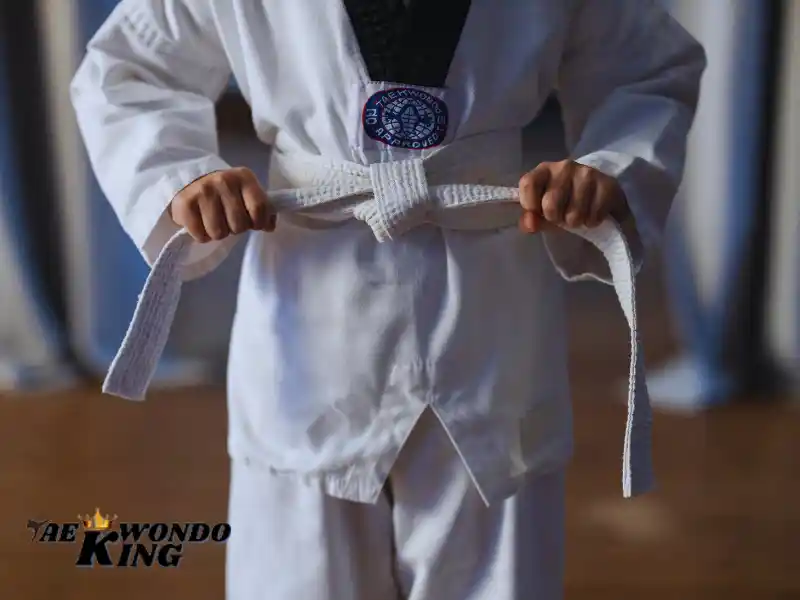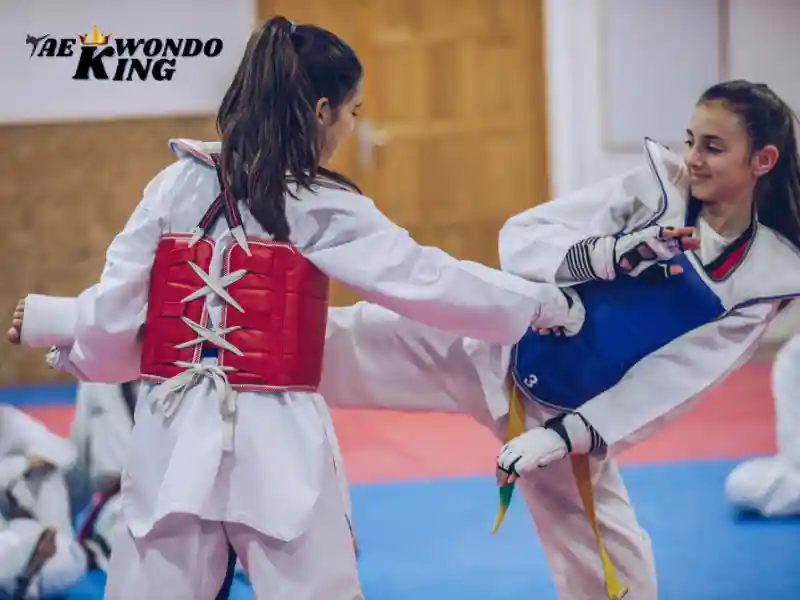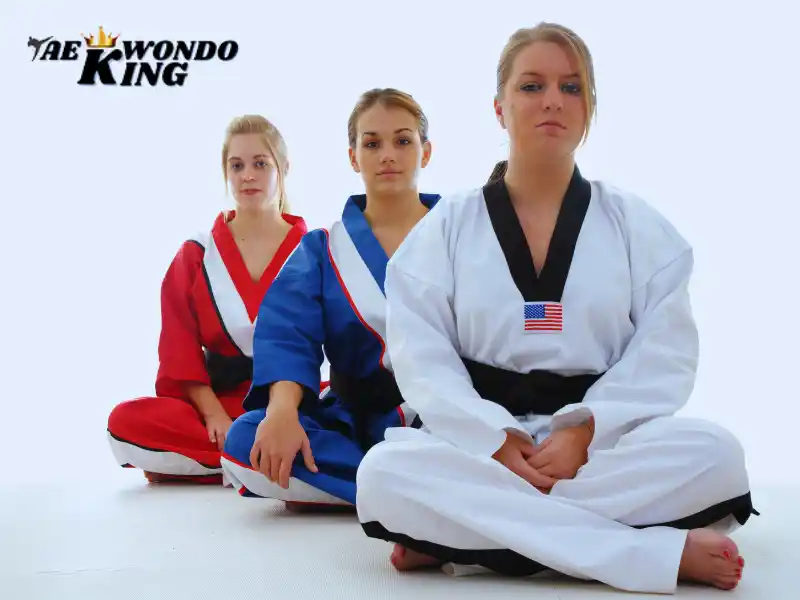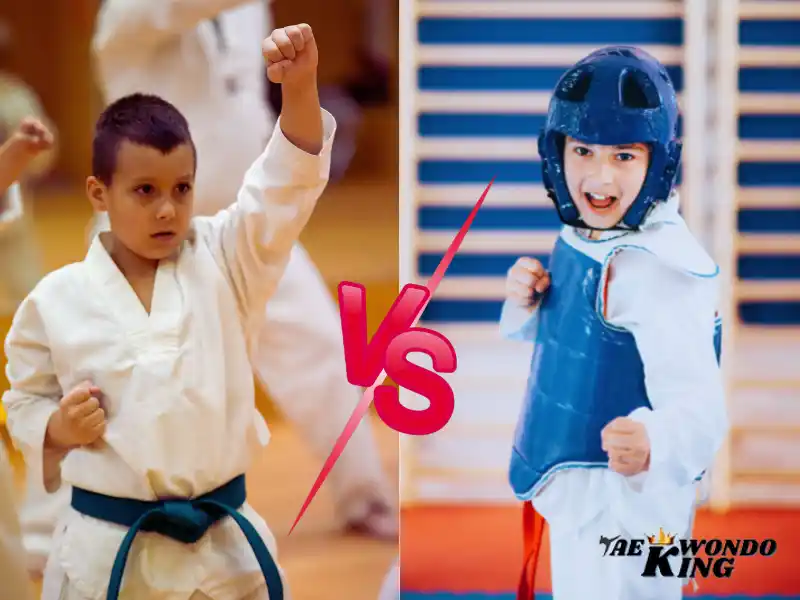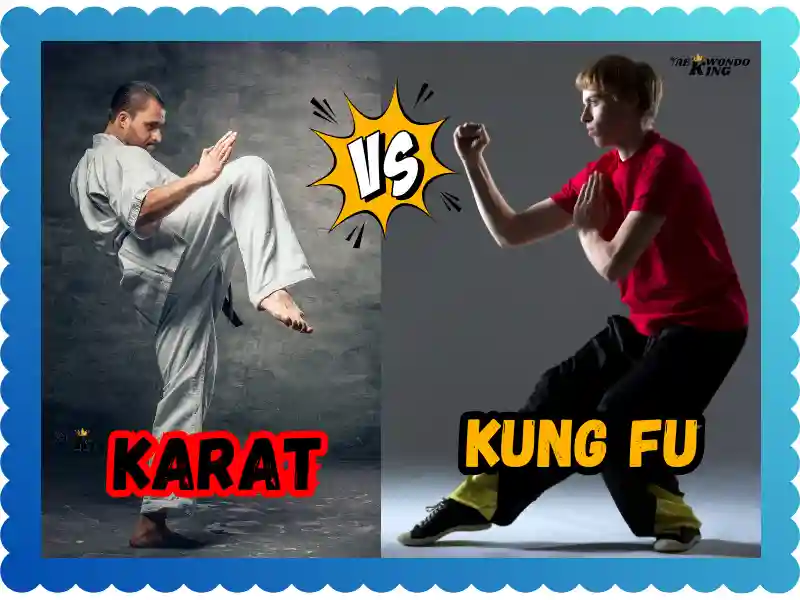
Martial arts have fascinated people for centuries. Two of the most popular styles are Kung Fu and Karate. Both are ancient. Both are effective. But they are different in many ways. This article will explore Kung Fu vs Karat. We’ll look at their history, techniques, and benefits. By the end, you’ll know which one might suit you best.
What is Kung Fu?
Kung Fu is a Chinese martial art. It has a long history. It dates back thousands of years. Kung Fu means “skill achieved through hard work.” It includes many styles. Some are soft and flowing. Others are hard and powerful. Kung Fu is not just about fighting. It is also about philosophy and health.
What is Karat?
Karat is a Japanese martial art. It originated in Okinawa. It was influenced by Chinese martial arts. Karate means “empty hand.” It focuses on strikes, kicks, and blocks. Karate is known for its discipline. It is also a sport. It is practiced worldwide.
Key Differences Between Kung Fu vs Karat
Origin
Kung Fu is from China. Karate is from Japan. This affects their techniques and philosophies.
Techniques
Kung Fu has a wide range of techniques. It includes strikes, kicks, and grappling. Karate focuses more on punches and kicks.
Forms
Kung Fu forms are often flowing and circular. Karate forms are more linear and direct.
Philosophy
Kung Fu emphasizes harmony and balance. Karate focuses on discipline and self-control.
Training
Kung Fu training includes weapons and acrobatics. Karate training is more focused on empty-hand techniques.
History of Kung Fu
Kung Fu has a rich history. It dates back to ancient China. It was developed by monks. They needed to defend themselves. Kung Fu was also used by soldiers. Over time, it evolved. Many styles emerged. Each has its techniques and philosophy.
History of Karate
Karate has a shorter history. It began in Okinawa. It was influenced by Chinese Kung Fu. Okinawa was a trading hub. This allowed cultural exchange. Karate was developed as a form of self-defense. It was later brought to Japan. It became popular worldwide.
Techniques in Kung Fu
Kung Fu has many techniques. Here are some key ones:
Strikes
Kung Fu includes punches, palm strikes, and elbow strikes.
Kicks
Kung Fu kicks are varied. They include front kicks, side kicks, and spinning kicks.
Grappling
Kung Fu includes throws and joint locks. These are used to control opponents.
Weapons
Kung Fu training often includes weapons. These include swords, staffs, and spears.
Acrobatics
Kung Fu includes flips and jumps. These are used for evasion and attack.
Techniques in Karate
Karate techniques are more focused. Here are some key ones:
Strikes
Karate includes punches and knife-hand strikes. These are delivered with precision.
Kicks
Karate kicks are powerful. They include front kicks, roundhouse kicks, and side kicks.
Blocks
Karate includes various blocks. These are used to defend against attacks.
Stances
Karate stances are strong and stable. They provide a solid base for techniques.
Kata
Kata are formal exercises. They include a set sequence of techniques.
Benefits of Kung Fu
Kung Fu offers many benefits. Here are some:
Physical Fitness
Kung Fu improves strength, flexibility, and endurance.
Self-Defense
Kung Fu teaches effective self-defense techniques.
Mental Discipline
Kung Fu requires focus and patience. It builds mental strength.
Cultural Connection
Kung Fu connects you to Chinese culture and history.
Health
Kung Fu includes breathing exercises. These improve overall health.
Benefits of Karate
Karate also offers many benefits. Here are some:
Physical Fitness
Karate improves strength, speed, and coordination.
Self-Defense
Karate teaches practical self-defense techniques.
Discipline
Karate requires strict discipline. It builds character.
Confidence
Karate builds confidence through mastery of techniques.
Sport
Karate is a competitive sport. It offers opportunities for competition.
Kung Fu vs Karat: Which is Better for Self-Defense?
Both Kung Fu and Karate are effective for self-defense. But they have different approaches.
Kung Fu
Kung Fu is versatile. It includes strikes, kicks, and grappling. It is good for close combat.
Karate
Karate is direct. It focuses on powerful strikes and blocks. It is good for quick defense.
Kung Fu vs Karat: Which is Better for Fitness?
Both Kung Fu and Karate improve fitness. But they focus on different aspects.
Kung Fu
Kung Fu improves flexibility and agility. It includes acrobatics and flowing movements.
Karate
Karate improves strength and speed. It includes powerful strikes and strong stances.
Kung Fu vs Karate: Which is Easier to Learn?
The ease of learning depends on the individual. But here are some general points.
Kung Fu
Kung Fu has many styles. Some are complex. It may take longer to master.
Karate
Karate is more structured. It is easier to follow. It may be quicker to learn.
Kung Fu vs Karat: Which is More Popular?
Both Kung Fu and Karate are popular. But their popularity varies by region.
Kung Fu
Kung Fu is popular in China. It is also well-known worldwide. Movies have helped its popularity.
Karate
Karate is popular in Japan. It is also widely practiced in the West. It is an Olympic sport.
Kung Fu vs Karat: Which Should You Choose?
The choice depends on your goals. Here’s a quick guide:
Choose Kung Fu if:
- You want a versatile martial art.
- You are interested in Chinese culture.
- Likewise, you enjoy flowing and acrobatic movements.
- You want to learn weapons.
Choose Karate if:
- You prefer a structured martial art.
- You are interested in Japanese culture.
- Likewise, you want to compete in sports.
- You enjoy powerful and direct techniques.
Real-Life Applications of Kung Fu vs Karat
Self-Defense
Both Kung Fu and Karate are effective. They teach practical techniques for real-life situations.
Fitness
Both improve physical fitness. They offer a full-body workout.
Mental Health
Both build mental discipline. They reduce stress and improve focus.
Cultural Connection
Both connect you to their respective cultures. They offer a deeper understanding of history and philosophy.
Community
Both offer a sense of community. They provide opportunities to meet like-minded people.
Training Tips for Kung Fu vs Karat
Find a Good Instructor
A good instructor is key. They will guide you properly.
Practice Regularly
Consistency is important. Practice regularly to improve.
Set Goals
Set clear goals. Track your progress.
Stay Patient
Mastery takes time. Don’t get discouraged.
Enjoy the Process
Enjoy learning. It’s a journey, not a race.
Conclusion
Kung Fu vs Karat is a common debate. Both are excellent martial arts. Both offer unique benefits. Kung Fu is versatile and flowing. Karate is direct and powerful. Your choice depends on your goals. Consider your interests and preferences. Try both if possible. See which one resonates with you.
Whether you choose Kung Fu or Karate, you’ll gain many benefits. You’ll improve your fitness. You’ll learn self-defense. Likewise, you’ll build discipline and confidence. You’ll connect to a rich cultural heritage.
So, take the first step. Join a class. Start your journey. Embrace the art. Enjoy the process. You’ll become stronger, both physically and mentally. You’ll discover a new passion. Not only that, but you’ll join a global community. Kung Fu and Karate are more than just martial arts. They are ways of life.

Founder, Owner, and CEO of TaekwondoKing.
He is one of the top 100 martial artists in the World and among the top 20 referees in Bangladesh.
Ehatasamul Alom is an esteemed Kukkiwon Certified Taekwondo 3rd Dan Black Belt with over 15 years of experience in this dynamic martial art. Born in Rajshahi, Bangladesh, Ehatasamul’s journey with Taekwondo began at the tender age of seven. His passion led him to compete at national and international levels, where he has bagged numerous awards and honors. He is also a member of the Taekwondo National Referee Panel.
With a Bachelor’s degree in Sports Science from the prestigious Rajshahi University, Ehatasamul has a deep understanding of the technical and scientific aspects of martial arts and some other martial arts.
In 2022, Ehatasamul created the “TaekwondoKing.com” to share his knowledge, Free Resources, Values, and Real experiences. His articles focus on Taekwondo training techniques, competition strategies, Sport Products Reviews, and the art’s rich history and philosophy. He also writes about the importance of mental fortitude and discipline, key aspects of his teaching philosophy. He has already launched many sports, Taekwondo, and health-related Free online tools. His goal is to inspire both beginners and seasoned practitioners worldwide through insightful and engaging content.
If you need any help, contact Ehatasamul Alom at any time.

